Pruning Practices Much of the damage can be mitigated by using standard pruning practices. Obviously damaged limbs or trees should be removed. Brian Hudelson, UW-Plant Disease Diagnostic Clinic provides advice on those practices. Late winter is an excellent time to prune since it is easier to see where to cut and to reduce the chance of diseases. Hudelson writes: “Check out Wisconsin Garden Facts XHT1013 (Pruning Evergreens), XHT1014 (Pruning Deciduous Trees) and XHT1015 (Pruning Deciduous Shrubs) for pointers on how to prune. Prune only when it’s dry and decontaminate pruning tools between cuts (or at a minimum between each tree or shrub) by treating them with 70% alcohol (e.g., rubbing alcohol right out of the bottle, spray disinfectants containing ~70% alcohol) or (in a pinch) 10% bleach. Decontaminating tools kills off disease-causing organisms that you might pick up as you prune. Once done pruning, if you’ve used bleach, be sure to thoroughly rinse your tools, and oil them to prevent them from rusting.” Kevin Schoessow, UW Extension Area Agriculture Development Educator for Burnett, Sawyer and Washburn Counties, has been getting questions about tree wound sealants. He does not recommend applying anything including a wound sealer to the damaged area. "Just let it be. The surface may bleed sap but overtime it will dry and the callus formation and compartmentalization will follow (may take several years). The only time a wound sealant is recommended is on pruning cuts or injuries to oak trees (red, pin, black) during the growing season. The reason is to provide a physical barrier to reduce the spread of oak wilt by sap feeding beetles." Below is a link to an article that you may find reassuring. The second page discusses Care for Tree Wounds. https://extension.tennessee.edu/publications/Documents/SP683.pdf This one from University of Illinois is a good read too. https://extension.illinois.edu/blogs/good-growing/2020-09-02-should-we-paint-tree-wounds Bent Trees There are many trees and large shrubs that have bent over, many with tips frozen in the snow. Shrubs can be pruned, but what to do about trees? Paul Cigan advised: “Many birch and aspen, but not all, have significantly straightened since December. Some will suffer a permanent lean. If a tree has over 30% lean following spring thaw, it will likely suffer from permanent bending. I would recommend waiting until consistently warm weather above freezing to determine if a given tree should be cut based on non-correctable lean.” Oak Trees According to Paul Cigan, Forest Health Specialist with Wisconsin DNR, it’s important to avoid any cutting or injury to oaks after March and through the end of July. Broken limbs and broken stems should be cut prior to April. A pruning sealer is not recommended unless the cuts will occur after March. More information is available on the DNR website: www.dnr.wisconsin.gov/topic/foresthealth/oakwilt and this article on storm damage: https://forestrynews.blogs.govdelivery.com/2022/05/12/spring-cleaning-storm-damage-cleanup-brings-oak-wilt-risk/ Spruce and Pine If a spruce or pine has the top broken off, will it continue to grow? According to Paul Cigan: “Many spruce and pine with broken terminal leaders can be nursed and kept growing well in the long term by cutting off all but one of the lateral branches. Selection of the strongest lateral branch should be made. Over time, the remaining lateral branch will grow upward and assume the main leader position. The tree will show a signature of the lost limb for decades or permanently, but it can still provide ecological and economic services to the property.” Tree Debris Already those limbs that broke are starting to show through the melting snow. That debris can be turned into opportunity by leaving some to decompose in a natural woodland edge. Chipping the limbs and using as mulch in planting beds or at the woodland edge is an excellent use of the material. It is beneficial for the woodland habitat. Wisconsin DNR provides advice to wood lot owners in this online article: https://dnr.wisconsin.gov/topic/forestlandowners/stormrecovery/firsts
0 Comments
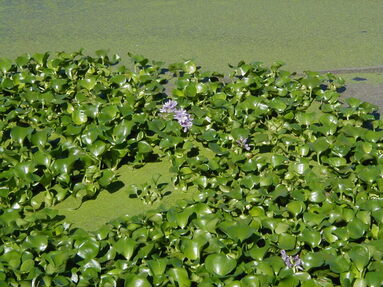 Photo credit: Wisconsin AIS Partnership Water hyacinths, free-floating aquatic invasive plants, pictured here in Wisconsin waters by Melinda Myers
Spread the word and help make a difference by participating in North America National Invasive Species Awareness Week February 20-26. You have the attention of the garden enthusiasts and homeowners that we need to reach with this message, so we can make a difference in our environment now and in the future. Aquatic invasive species (AIS) impact everyone in our state, whether you enjoy boating, swimming, fishing, hunting, or recreating in or near the many lakes, waterways, and wetlands in Wisconsin. Keeping them free of invasive plants is critical for maintaining our enjoyment and the health of our waterways. With your help, we can spread the word and enlist more people to help. Your audiences come to you with a wide range of experiences and an understanding of this garden-related issue. Explaining the What, Why, and How of invasive species can help them identify ways they can get involved and make a difference. The What: Defining the term invasive plants is always a great place to start the discussion. I think the definition on the North America Invasive Species Awareness Week (NISAW) website is clear. They say “The term "invasive" is used for aggressive species that grow and reproduce rapidly, displace native species, and cause major disturbance to the areas in which they are present.” A key difference that I feel is worth explaining is garden bullies are aggressive plants that stay in the landscape while many invasive plants leave the bounds of our gardens and disturb nearby natural spaces and are regulated under Wisconsin’s Invasive Species Rule NR40. The Why: The Wisconsin Aquatic Invasive Species Management Plan shares the following impacts of AIS: “The introduction of AIS into the Great Lakes and inland state waters is a source of biological pollution that has significant negative effects on natural resources, human health, recreational opportunities, and other ecosystem services throughout the state and region. AIS may compete with native species for food and habitat and can, directly and indirectly, harm or displace native species, degrade habitat, and alter food webs and energy flow. AIS can also have significant economic effects on waterfront property values, tourism, utilities, and other industries.” If aquatic and terrestrial invasive species are not managed, they can and will limit land and water use now and into the future. Our well-cared-for gardens, ponds, and shoreline landscapes can play a role in reducing the wide range of impacts AIS have on individuals, communities, and the state. Your involvement can be at whatever level aligns with their gardening endeavors, abilities, and interest. The How: As gardeners and gardening influencers, we can be part of the solution. Encourage others not to purchase and grow plants restricted in Wisconsin in their water features and landscapes. Although regulations for the sale, purchase, and possession of invasive species are in place, some online sellers are not aware, not up-to-date, or not concerned with following existing state and federal regulations. Just because you are able to purchase a plant does not mean it is allowed in Wisconsin. So it is up to us, the individual gardener, to make sure invasive plants do not end up in our gardens, natural spaces, and waterways. Instead buy plants from a reliable and whenever possible, local source. Learn to identify problem plants and look for alternatives. Encourage gardeners to fill their landscapes and water gardens with native plants. This is an appealing first step in growing success and keeping our waterways safe. I have partnered with the UW-Madison Extension Aquatic Invasive Species Program to help do just that. On February 22 at 6:30 p.m. CT in celebration of NISAW, I am hosting a free webinar, Grow Beautiful Water Gardens Free of Invasive Plants. I will provide tips on identifying problem plants and suitable substitutes. Registration is required; sign up by clicking here. Visit the WI DNR webpage Aquatic Invasive Species and Publications and Products for more helpful tips and resources. Help people properly manage water gardens and landscapes for ease of maintenance and the management of invasive plants. Share the importance of removing and properly disposing of invasive plants to prevent their spread. Most municipalities allow you to bag and throw invasive plants in the garbage. Discourage them from sharing invasive and aggressive plants with friends and family. These well-intentioned “gifts” result in more work for the recipient and can harm nearby natural spaces. For videos to share and help spread the word, click here. Report invasive species populations in public spaces and waterways to the Wisconsin Department of Natural Resources (WI DNR) so they can contain and manage the problem. And if you are interested in volunteering to help control these unwanted plants, email [email protected] to be connected with a county AIS coordinator. The more people watching for these problem plants the sooner we can begin containing and managing the problem. “The longer we ignore the problem the harder and more expensive the battle for control will become,” according to NISAW. Tackling the topic of managing invasive plants can be overwhelming and lead to inaction. My partners at the WI DNR AIS remind us “Maintaining and restoring our waters and landscapes can reduce the impacts even when we don’t have other management options for an invasive species. Reporting invasive species is a first step in containing their spread.” Together we can make a difference! REGISTER FOR THE FREE WEBINAR Feb. 22, 6:30 PM: Grow Beautiful Water Gardens Free of Invasive Plants – Register here. |
|
| North Country MGV | gARDEN bLOGS |
Location |
|
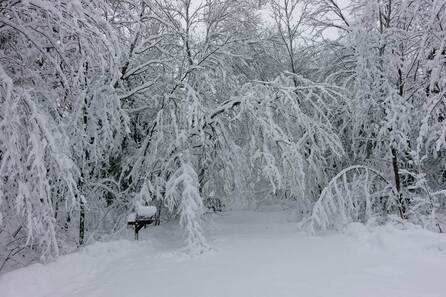
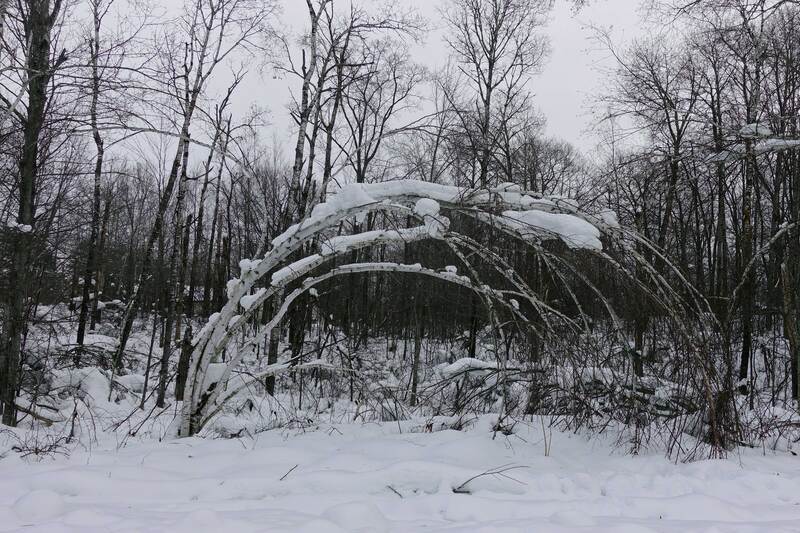
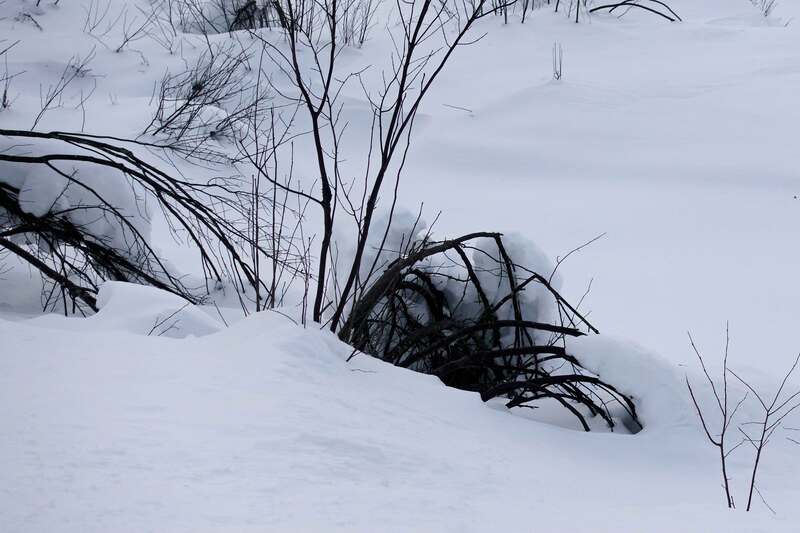
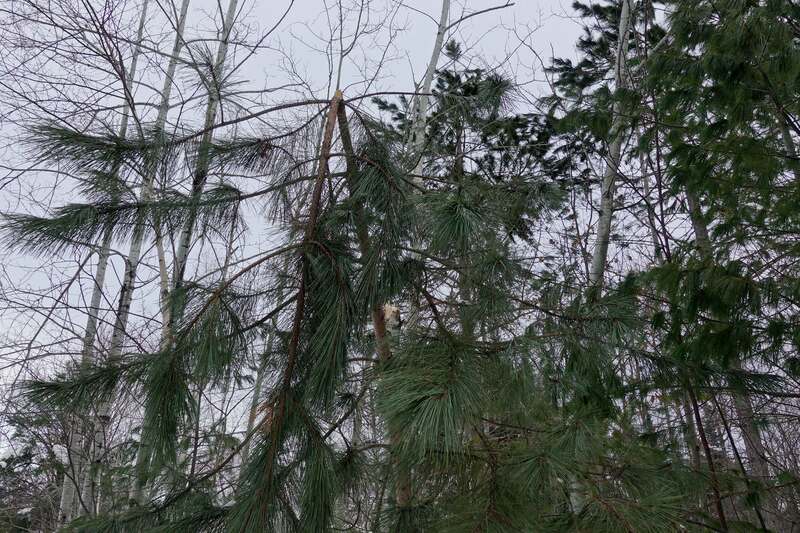
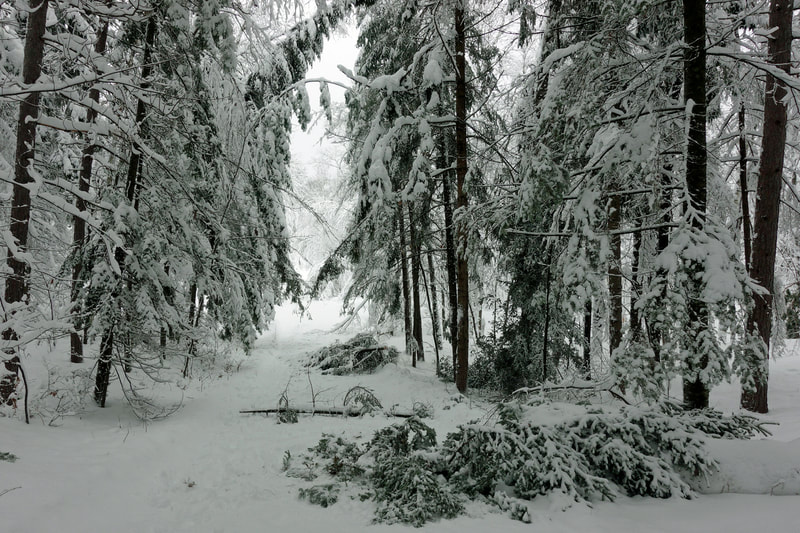
 RSS Feed
RSS Feed